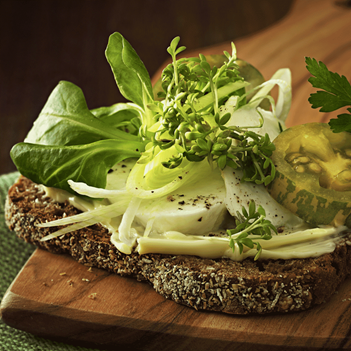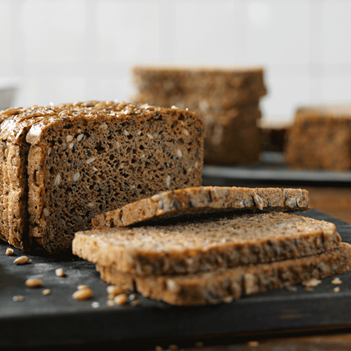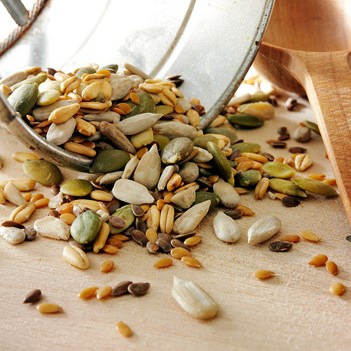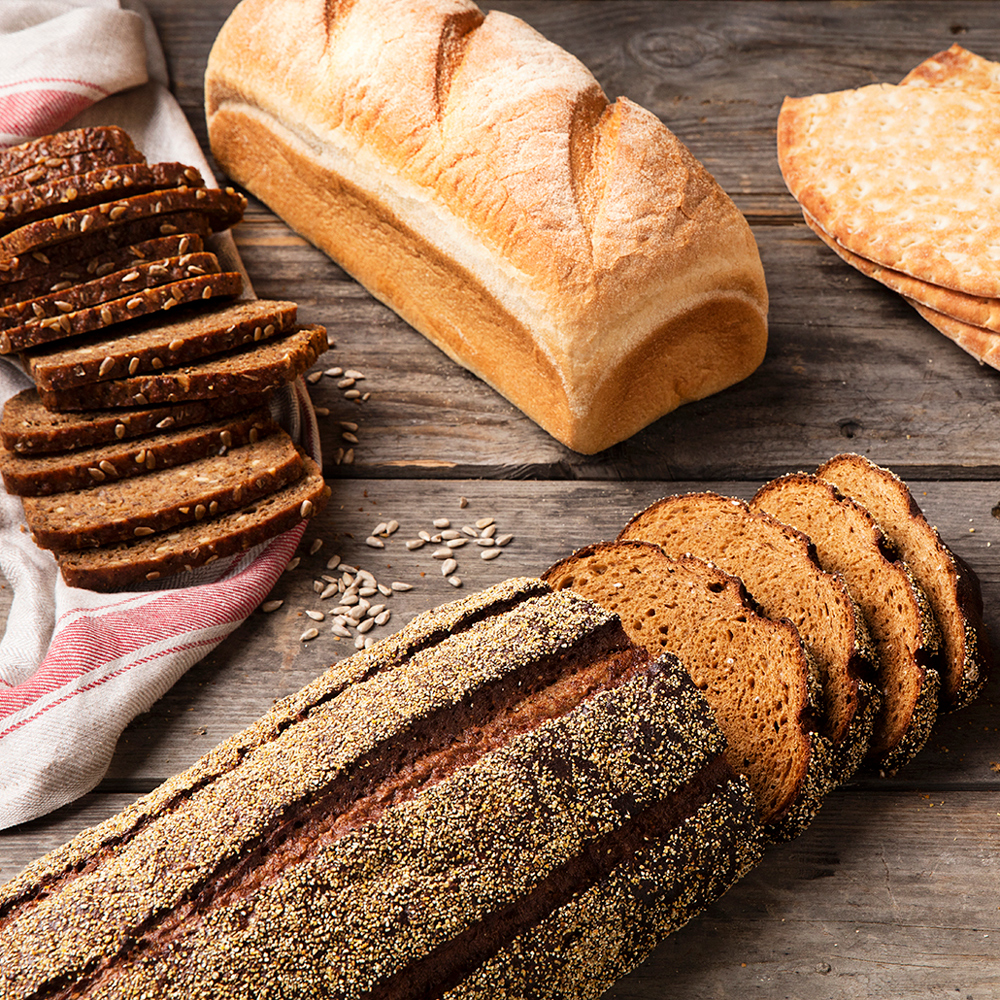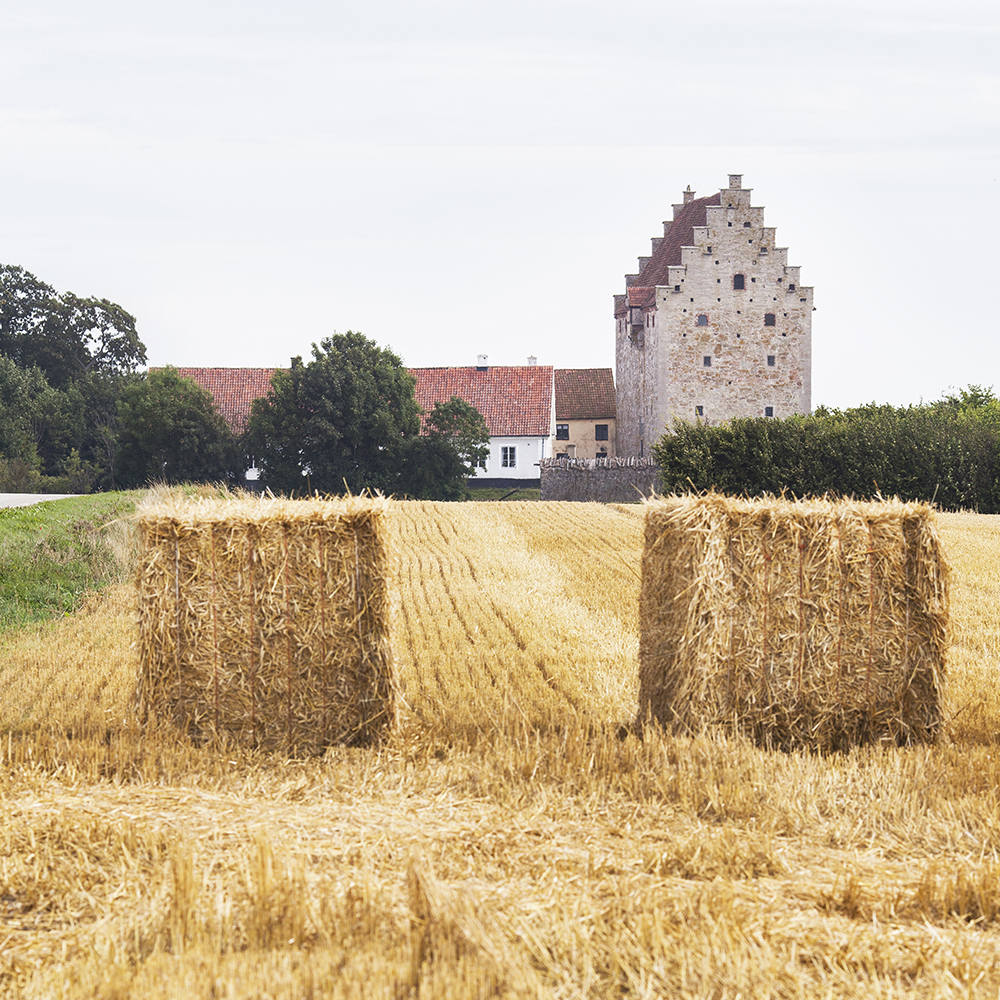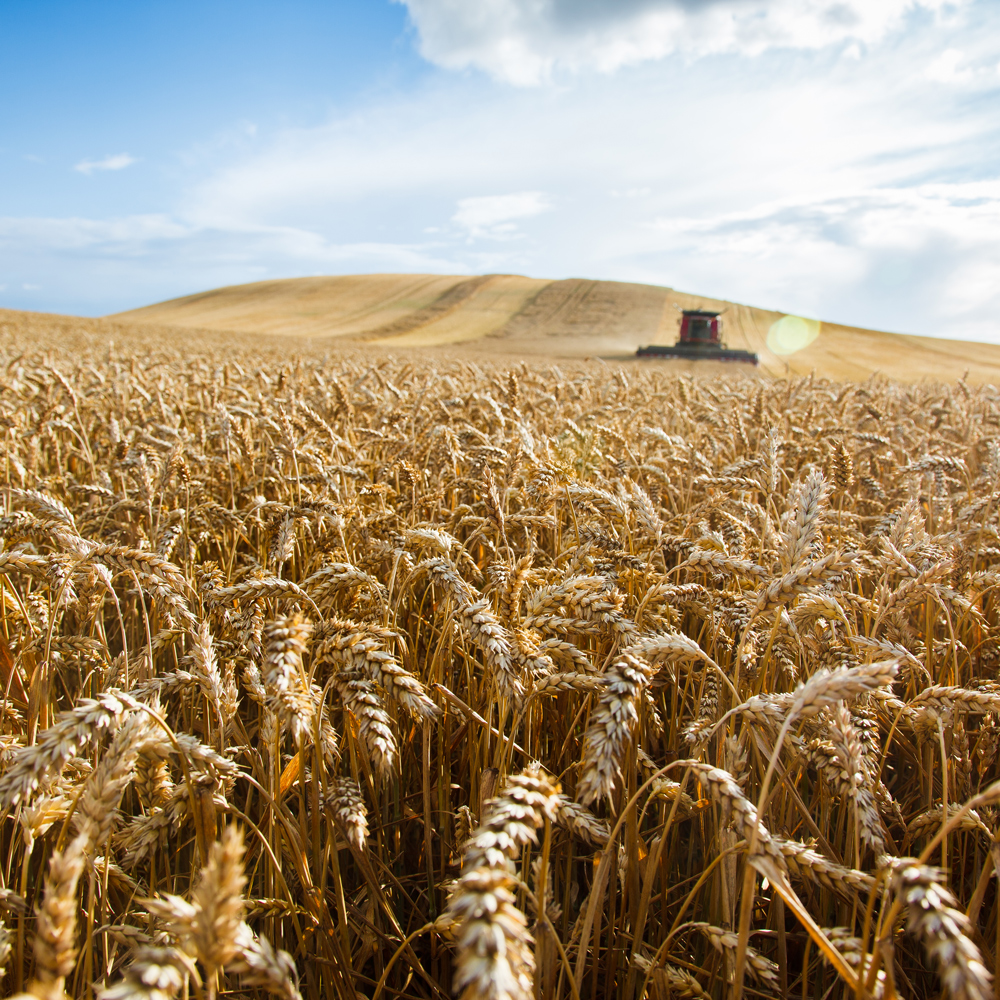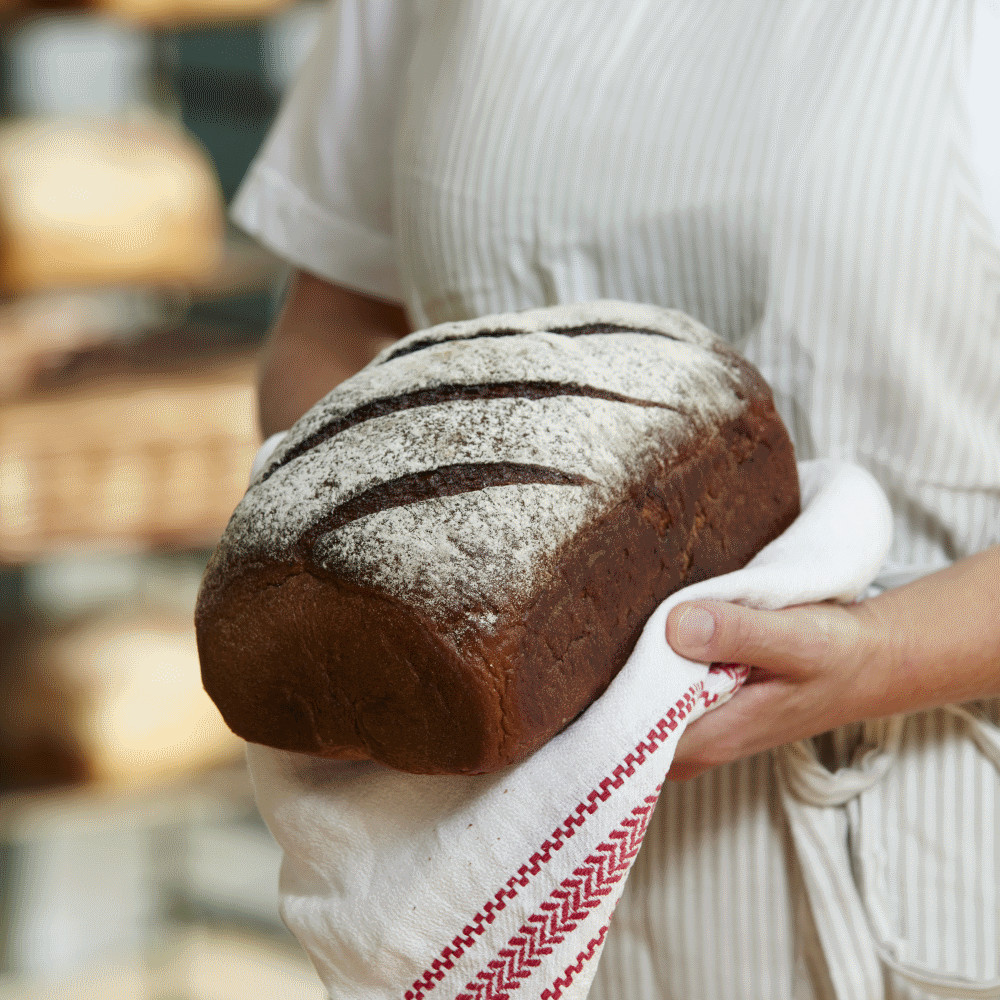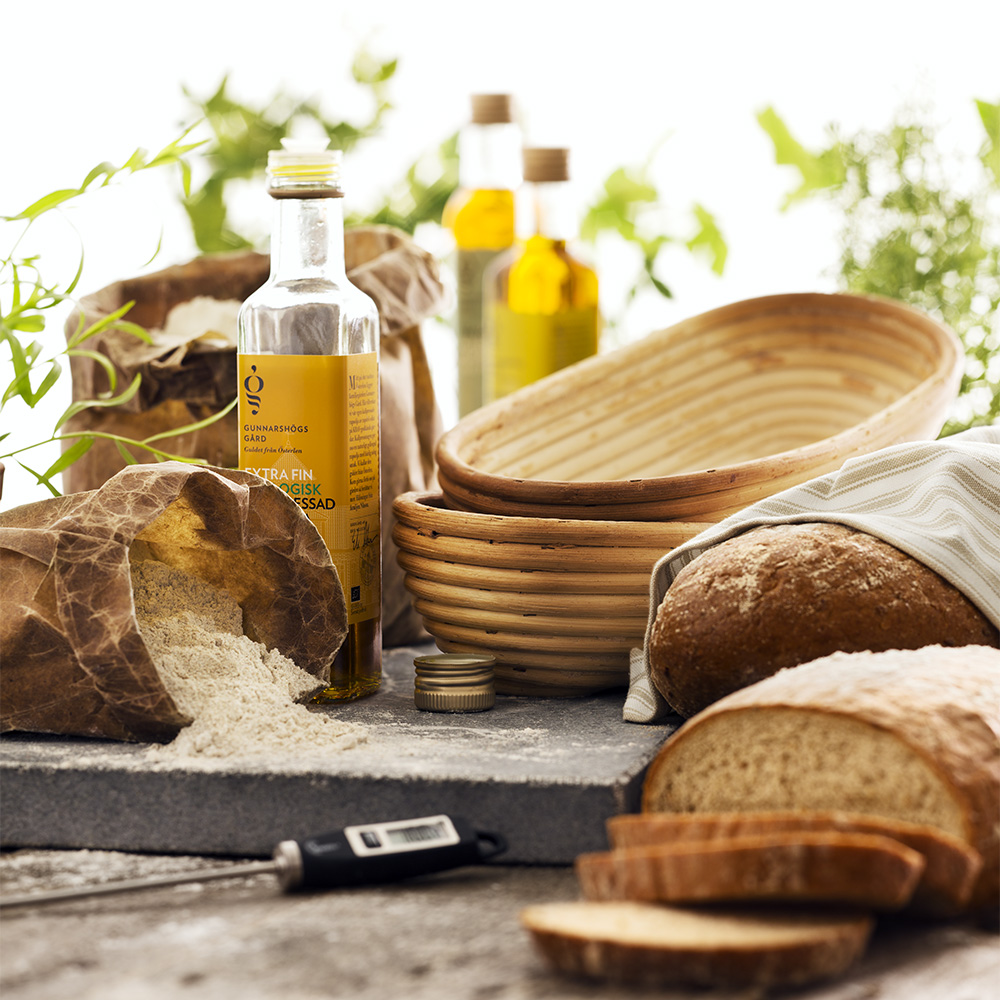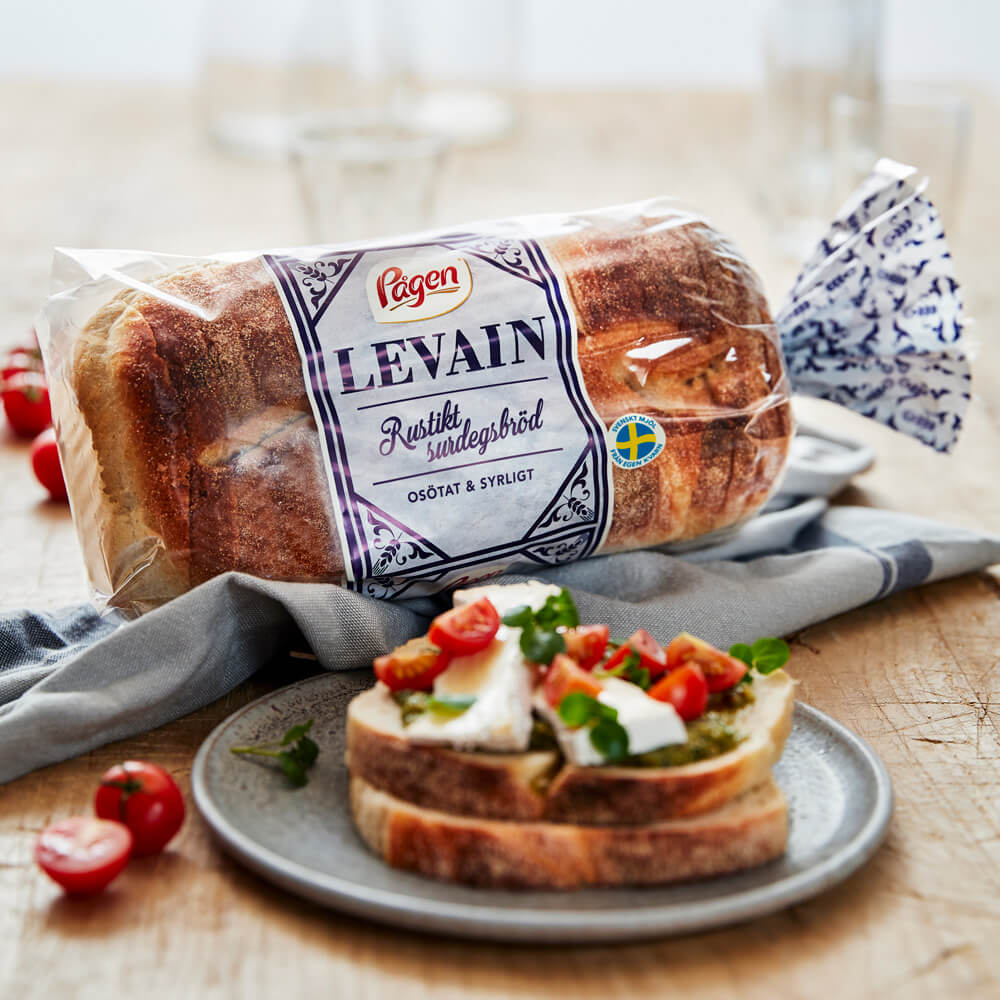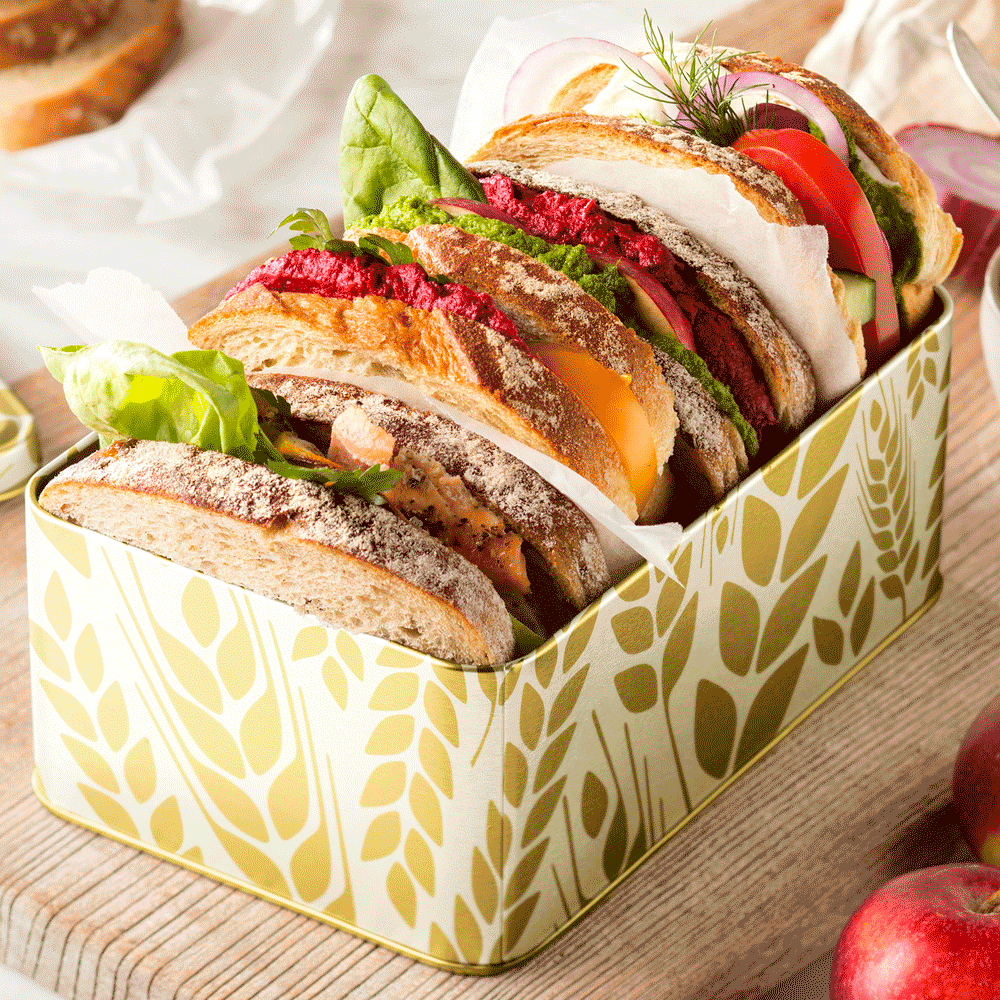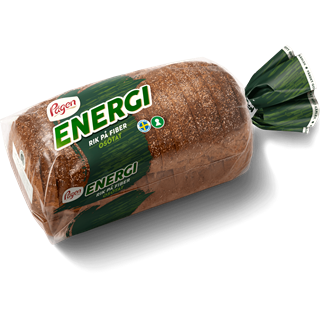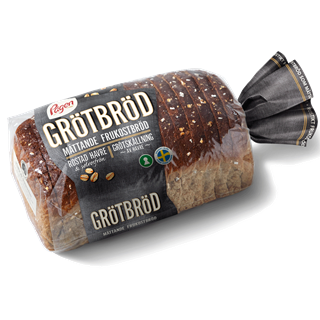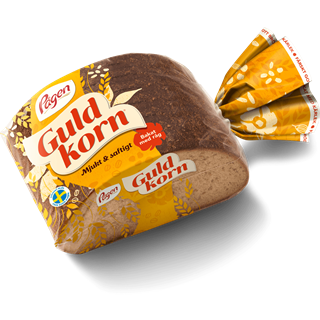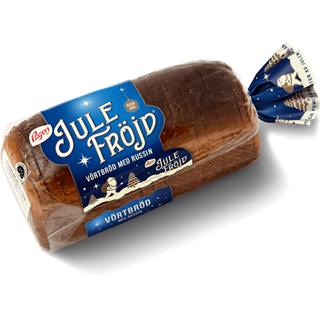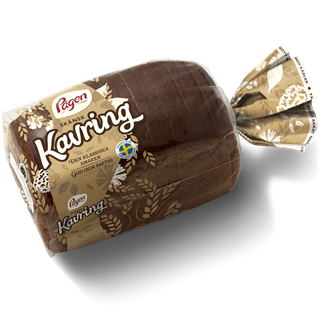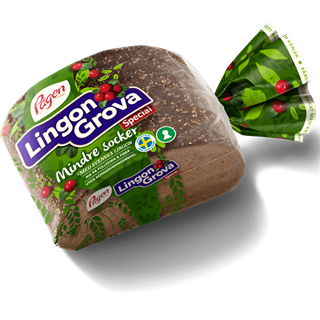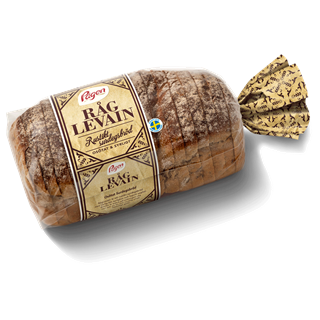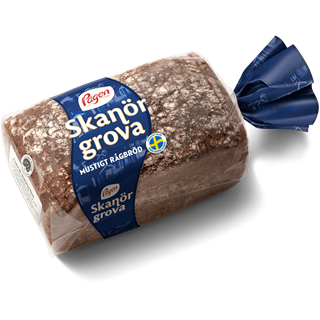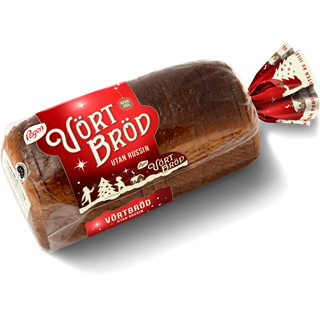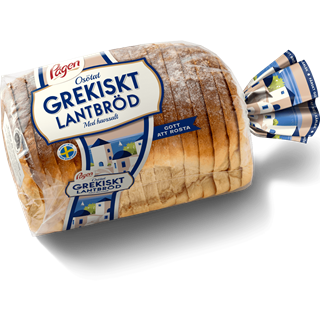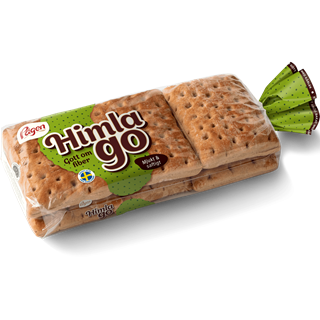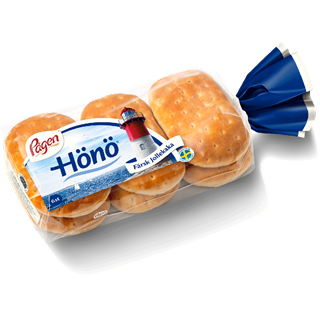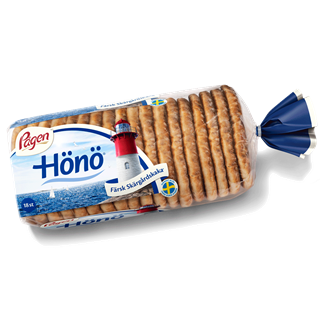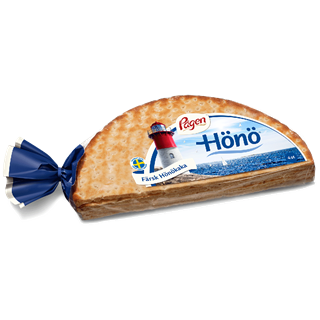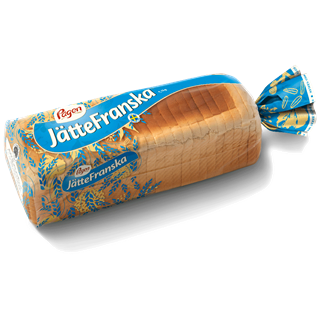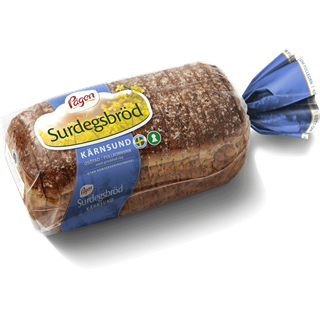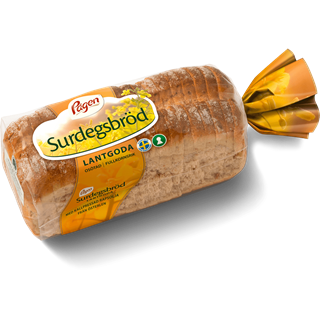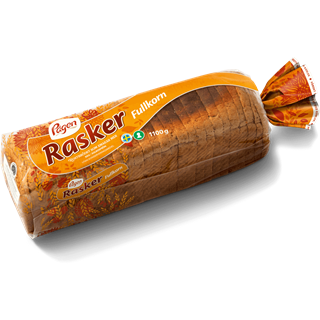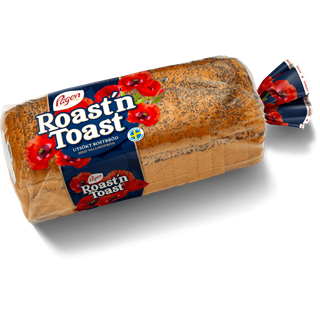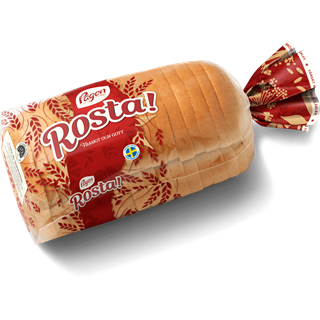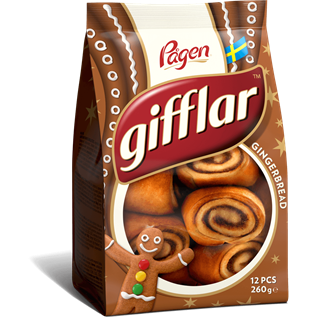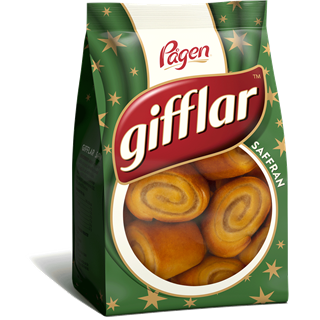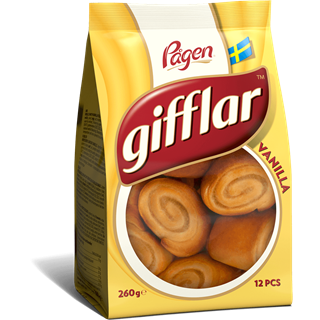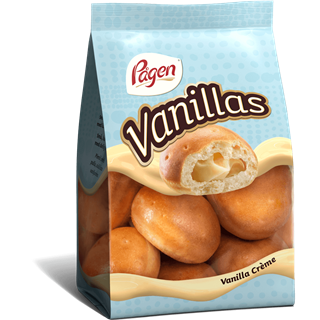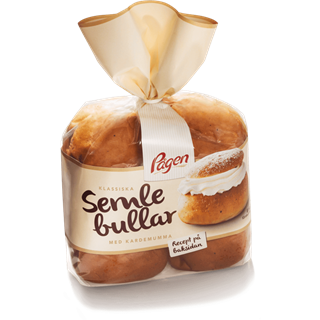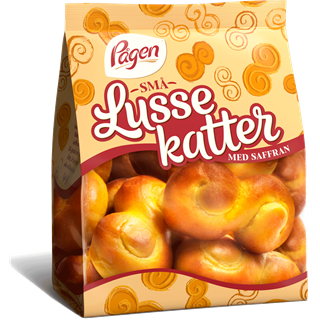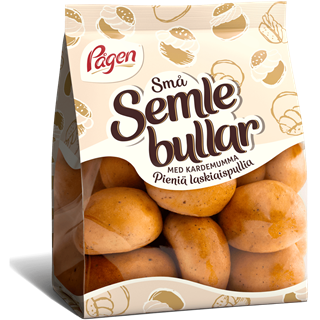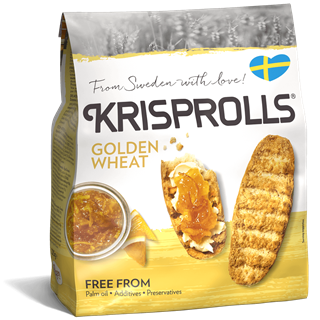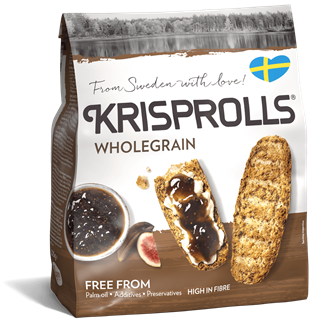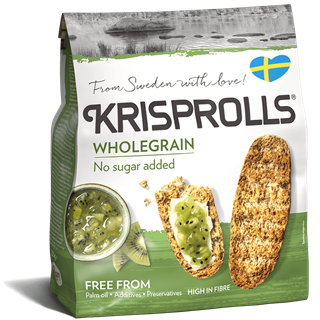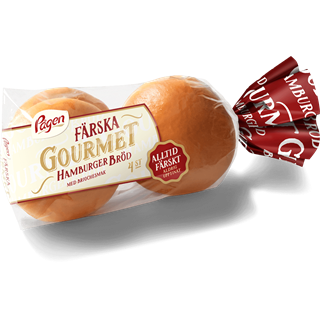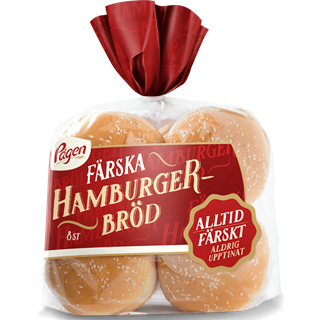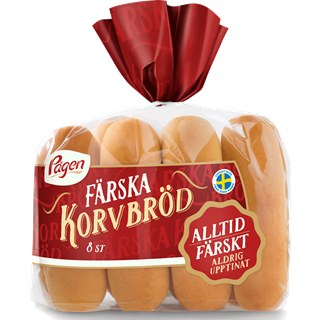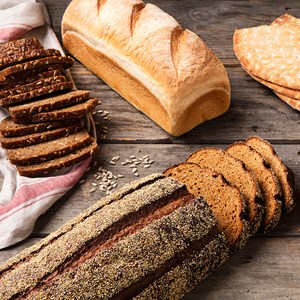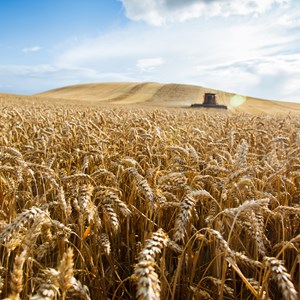About bread, health and nutrition
There are lots of good things in bread. It’s an easy way to refill energy, fibre, protein, vitamins and minerals.
It’s important to make conscious choices about your wants and preferences. That’s why we are transparent in what our products contain. You’ll find a full list of ingredients and nutrition values on our packaging.
Whole grain
Half of our bread contains more than 25% whole grains. According to WHO (World Health Organization) whole grain is the nutrition factor that most helps prevent ill health. The only way to ingest whole grain is to eat cereal products
Whole grain is grain with no parts removed, not even the husk. It is used in many different ways, as fine or coarse-ground whole meal flour, flakes or entire grains. We bake bread and Swedish toasts (Krisprolls) with whole grain.
Whole grain is good for lots of reasons:
- It contains a lot of fibre.
- It is an important source of iron and vitamin B.
- It has a positive effect on blood sugar levels and cholesterol.
- It may reduce the risk of diabetes, colon cancer and cardiovascular diseases.
The keyhole label
The keyhole label helps consumers in the Nordic countries make healthy choices and to find healthier options. When you choose a keyhole labelled product you get less sugar and salt, more whole grain and fibre, and healthier or less fat. About one third of our bread is keyhole labelled.
Read more about the rules for keyhole labelling on the Swedish National Food Administration (Livsmedelsverket).
Dietary fibre
Dietary fibre is the carbohydrate in plants not degraded during digestion. It reaches the colon without being broken down too much. Fibres are good for your stomach and intestines. They provide a feeling of saturation without adding energy to your body.
Fibre’s positive effects:
- Make your stomach and intestines function in a good way
- Give you the feeling of being full
- Slow rise in blood sugar.
Products with no added sugar
Bread is considered unsweetened if we haven’t added sugar for a sweeter taste. However, all bread contains a certain amount of sugar in the nutrition declaration, even when sugar is not used as an ingredient in baking. This sugar comes from two natural sources, firstly, flour always contains a smaller amount of sugars, and secondly, sugar is formed during the baking
process when part of the starch is broken down into different types of sugars.
The amount of sugar varies from bread to bread, but generally the sugar level is relatively low compared to other foods. We strive to reduce sugar levels without compromising on taste.
Salt
Salt adds positive effects to bread, such as good taste and better volume. Salt helps to increase bread's durability and bring out other flavours. Our aim is to keep the amount of salt in our recipes as low as possible without affecting quality and taste.
Fat
Fat is energy-rich and helps build cells, keep you warm and form hormones. There are lots of benefits of fat in baking. It gives bread a better taste and smoother texture, it crumbles less and stays fresh longer. Fat occurs naturally in cereals and you’ll always find a little fat in the content declaration, even if we bake without added fat.
Bread is low in fat compared to many other foods, such as charcuterie products and many dairy products. All fats contain a combination of saturated, monounsaturated and polyunsaturated fats. We never use vegetable oils or fats that contain trans fats or are hardened.
Allergens
It is important for us to have a range that almost everyone can eat. We avoid using allergens from the EU’s list of allergens as far as possible. However, gluten is in all our products and a few of our sweet products contain milk and eggs. You might find other allergens in some products. There’s an up-to-date information about our products and what they contain on the packaging and on each product page at our web site.
